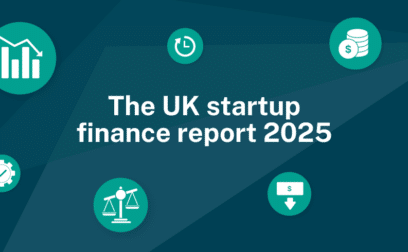Swoop requires writers to use primary sources to support their work. These include white papers, government data, original reporting, and interviews with industry experts. We also reference original research from other reputable publishers where appropriate.
Commercial mortgage calculator: https://swoopfunding.com/uk/business-loan-calculator/commercial-mortgage-calculator/
Business loan: https://swoopfunding.com/uk/business-loans/
Owner-occupied commercial mortgage: https://swoopfunding.com/uk/commercial-mortgages/owner-occupied-commercial-mortgages/
Business owner expands his property portfolio: https://swoopfunding.com/uk/case-studies/at-your-convenience-swoop-helps-a-business-owner-grow-his-portfolio-of-local-stores/
Commercial investment mortgages: https://swoopfunding.com/uk/commercial-mortgages/investment-mortgage/
Buy a care home: https://swoopfunding.com/uk/sectors/buy-a-care-home/
Base rate: https://www.bankofengland.co.uk/monetary-policy/the-interest-rate-bank-rate
Swoop: https://swoopfunding.com/uk/
Helping a care home business: https://swoopfunding.com/uk/case-studies/finding-a-new-lender-to-put-their-faith-in-a-growing-care-home-business/
Development finance: https://swoopfunding.com/uk/commercial-mortgages/development-finance/
Bridging loan: https://swoopfunding.com/uk/commercial-mortgages/bridging-finance/



































 yet? Register here!
yet? Register here!